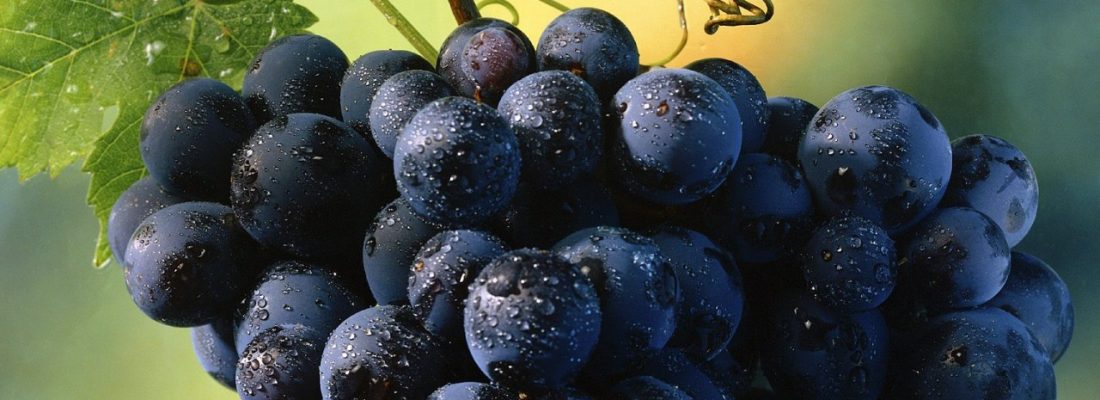
Background of raisin
Background of raisin
Raisins are made primarily by sun-drying several different types of grapes. They are small and sweetly flavored with a wrinkled texture. Background of raisin .
The technique for making raisins has been known since ancient times and evidence of their production has been found in the writings of
ancient Egyptians. Currently, over 500 million lb (227 million kg) of raisins are sold each year in the United States, and that number is expected to increase because raisins are recognized as a healthy snack.
Most raisins are small, dark, and wrinkled.
They have a flavor similar to the grapes from which they are made, but the drying process that creates them concentrates the amount of sugar making them taste much sweeter.
They are a naturally stable food and resist spoilage due to their low moisture and low pH. Background of raisin
Raisins are composed of important food elements such as sugars, fruit acids, and mineral salts.
The sugars provide a good source of carbohydrates. Fruit acids such as folic acid and pantothenic acid, which have been shown to promote growth, are also significant components. Vitamin B6 is found in raisins and is an essential part of human nutrition. Background of raisin
Important minerals in raisins include calcium, magnesium, and phosphorus. Additionally, iron, copper, zinc, and other nutrients are found in trace amounts in raisins.
Considering the composition of raisins and the fact that they have no fat, it is no wonder that this fruit is considered a healthy snack.
The majority of grapes used for making raisins in the United States are grown in California. This area has an ideal climate for grape growing because it has plenty of sun during the summer and very mild winters.
Five other countries, which produce a substantial amount of raisins include Greece, Australia, Turkey, Iran, and Afghanistan. Each of these countries has its own variety of raisins that they consistently grow.
https://raisinexporter.com/2024/07/10/raisin-useful-information/
Background of raisin
Raisins are made primarily by sun-drying several different types of grapes. They are small and sweetly flavored with a wrinkled texture. Background of raisin .
The technique for making raisins has been known since ancient times and evidence of their production has been found in the writings of
ancient Egyptians. Currently, over 500 million lb (227 million kg) of raisins are sold each year in the United States, and that number is expected to increase because raisins are recognized as a healthy snack.
Most raisins are small, dark, and wrinkled.
They have a flavor similar to the grapes from which they are made, but the drying process that creates them concentrates the amount of sugar making them taste much sweeter.
They are a naturally stable food and resist spoilage due to their low moisture and low pH. Background of raisin
Raisins are composed of important food elements such as sugars, fruit acids, and mineral salts.
The sugars provide a good source of carbohydrates. Fruit acids such as folic acid and pantothenic acid, which have been shown to promote growth, are also significant components. Vitamin B6 is found in raisins and is an essential part of human nutrition. Background of raisin
Important minerals in raisins include calcium, magnesium, and phosphorus. Additionally, iron, copper, zinc, and other nutrients are found in trace amounts in raisins.
Considering the composition of raisins and the fact that they have no fat, it is no wonder that this fruit is considered a healthy snack.
The majority of grapes used for making raisins in the United States are grown in California. This area has an ideal climate for grape growing because it has plenty of sun during the summer and very mild winters.
Five other countries, which produce a substantial amount of raisins include Greece, Australia, Turkey, Iran, and Afghanistan. Each of these countries has its own variety of raisins that they consistently grow.
https://raisinexporter.com/2024/07/10/raisin-useful-information/